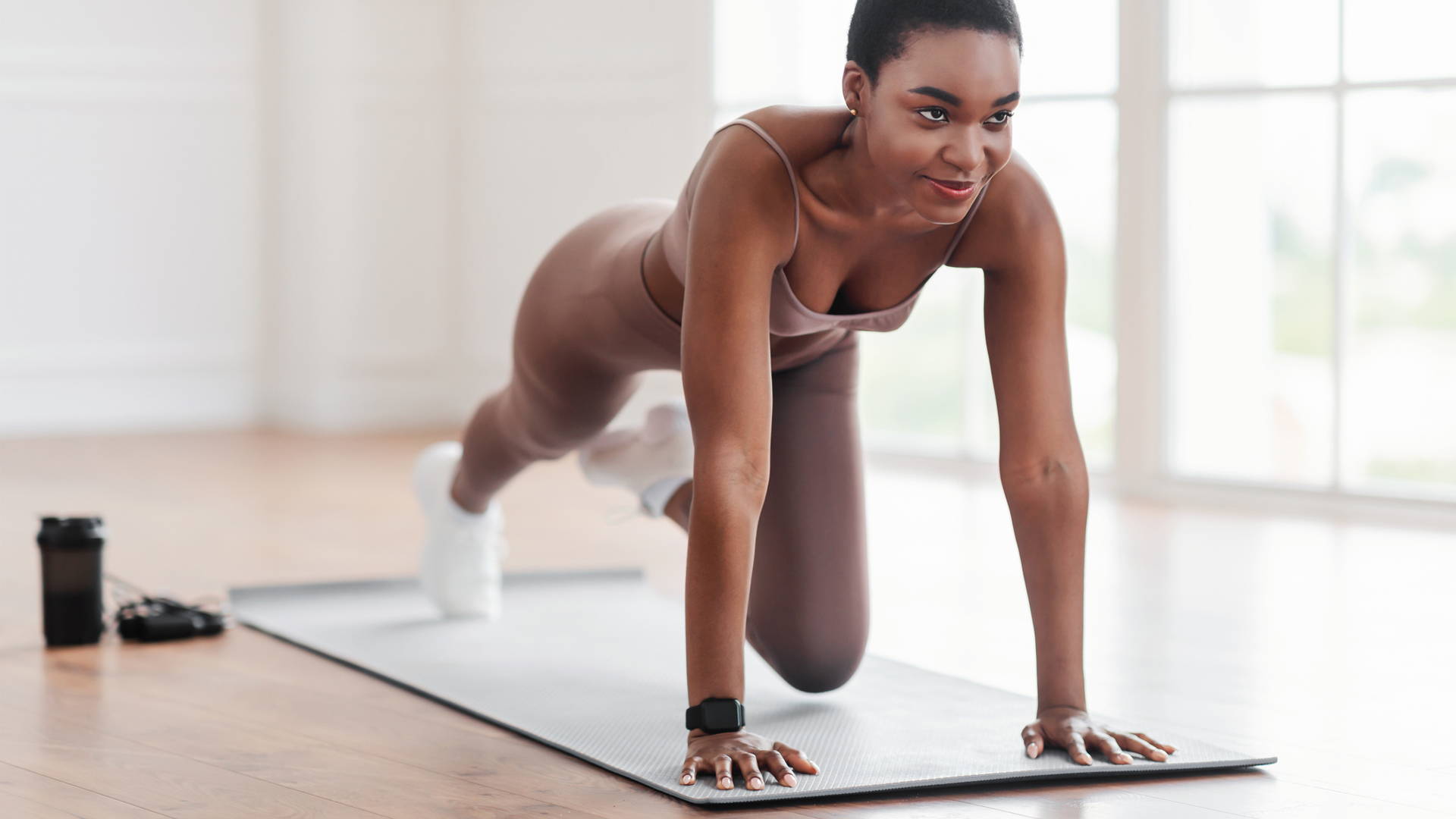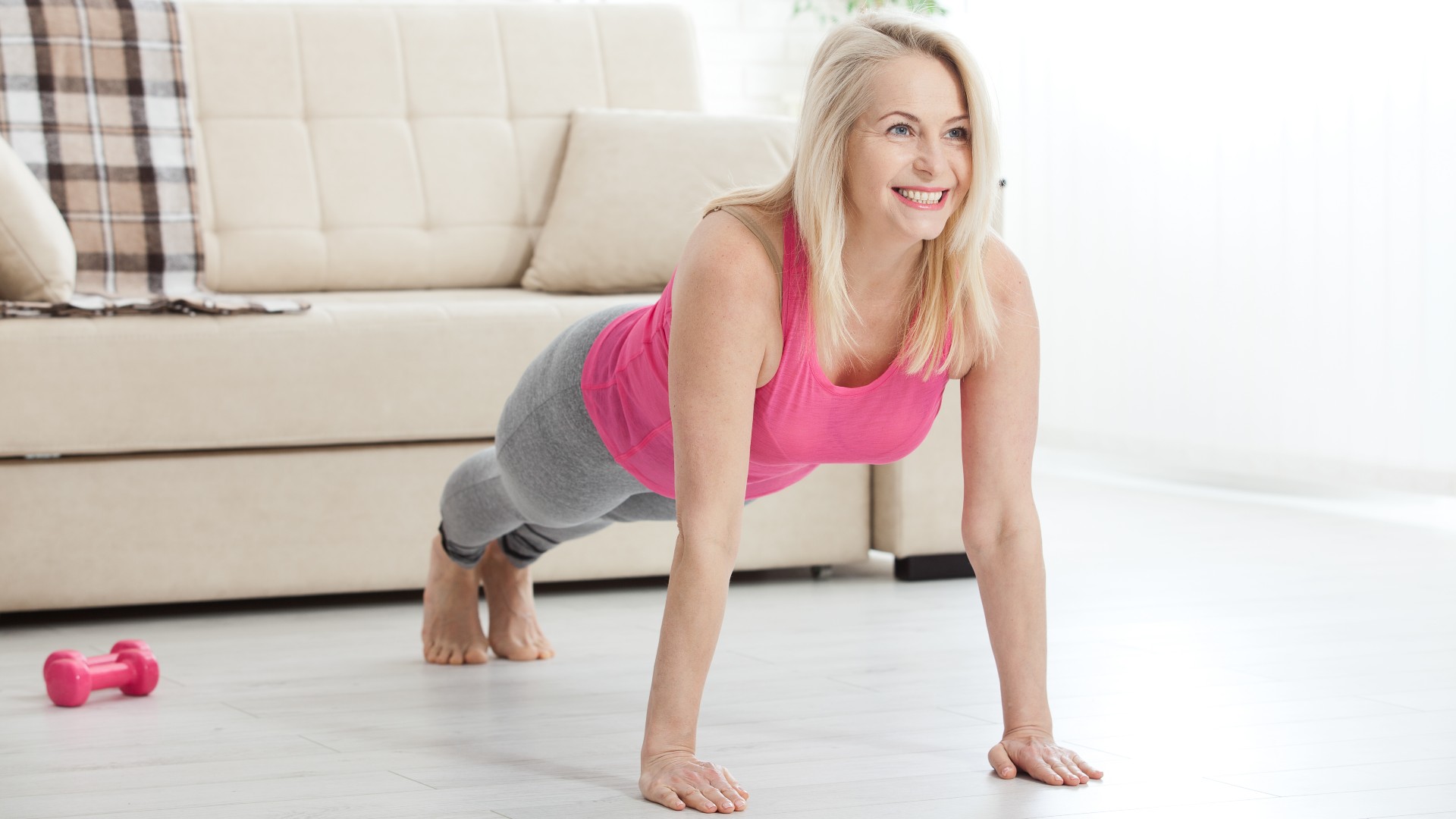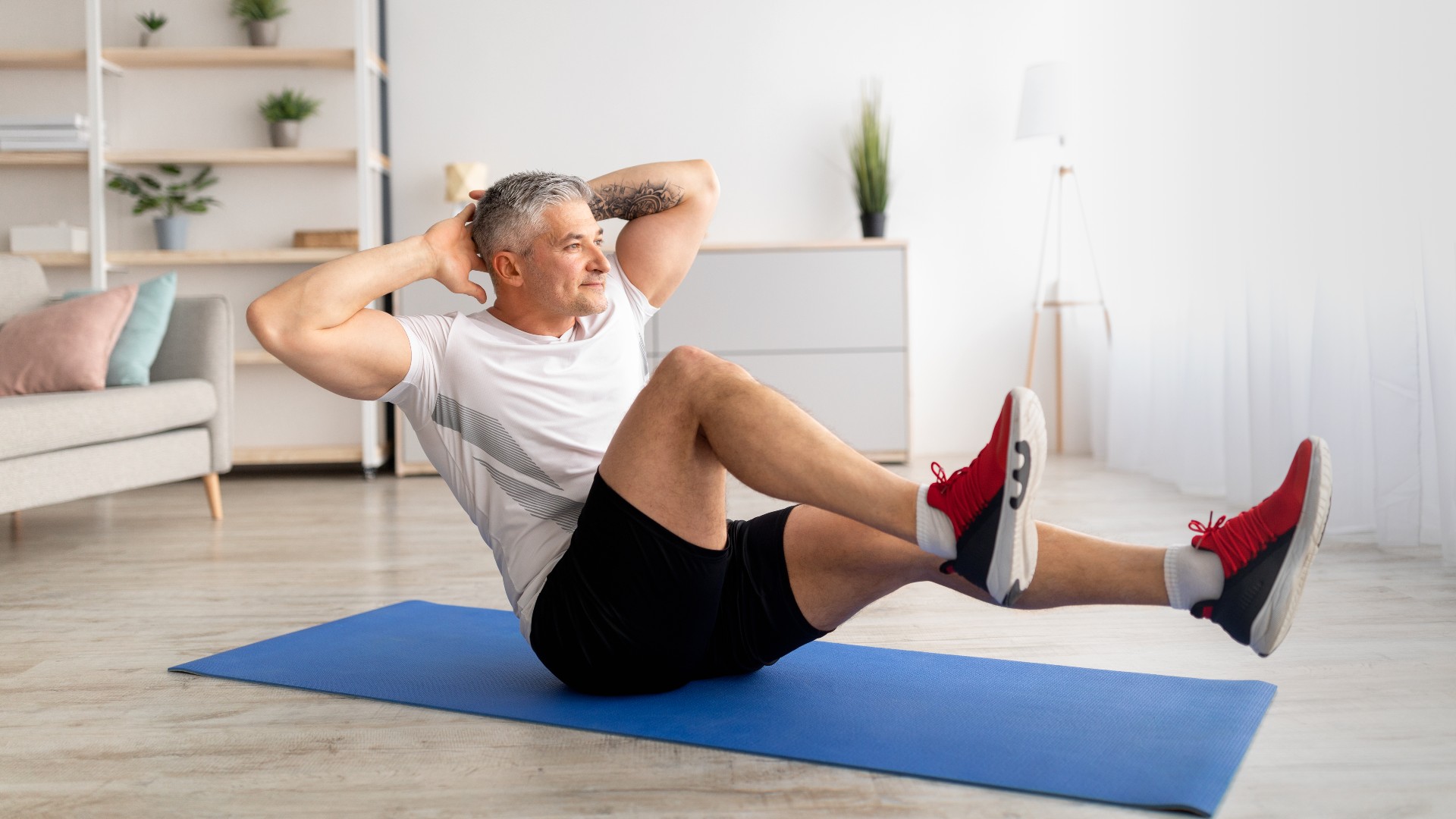Why is core strength important?
From perfecting a pull-up to easing back pain, here's what experts say about the benefits of a strong core.

Many would argue that a sculpted torso is the main benefit of keeping one's midsection in shape. However, core strength is much more than having a coveted six-pack. So why is core strength important?
There are many misconceptions about what constitutes core strength. A common belief is that the term "core" only relates to abdominal muscles. However, all of the muscles surrounding the midsection make up the core, including the obliques at the side of the torso, the pelvic floor and the hip flexors that flex the leg and knee up towards the body.
Core strength not only affects athletic performance, but countless daily activities. With that in mind, it may be worth taking a look at the best ab rollers to build and strengthen the muscles around your midsection.
Why is the core important?
Core muscles are essential to both stabilising and producing movement, Katie Knapton, a physiotherapist based in England, told Live Science.
"If your core is not working optimally it becomes hard to perform complex movements," she said. "This can lead to instability at the spine and the inability to cope with the compressive forces and movement of the upper body and lower extremities." For example, those with weak core muscles may be more prone to lower back pain after lifting a heavy weight.

A strong core can benefit a wide variety of exercises — even the ones that do not seemingly engage the midsection. Pull-ups are a prime example. Although it is predominantly an upper body exercise, the muscle activation within the abdominals is a major part of the movement, according to a 2018 study published in the Journal of Physical Fitness, Medicine and Treatment in Sports. Running is another example. A 2018 study published in the Journal of Biomechanics found that runners with weak deep-core muscles were at higher risk of developing lower back pain.
A strong core is also essential to good posture and balance, Yasmin Milne, a physiotherapist at Pure Sports Medicine in England, told Live Science.
Get the world’s most fascinating discoveries delivered straight to your inbox.
"That is because your core provides support to your spine and pelvis and is very important in aiding the transfer of forces to your upper and lower limbs," she said. For example, swinging a golf club or tip-toeing will depend on activation within the core muscles.
How do you know if your core is sufficiently "strong"?
There is no single definition of a strong core and physical therapists tend to employ a variety of tests to assess a person's core strength.
Experiencing repetitive injuries or episodes of lower back pain is a major sign of weak midsection, Milne said, and the cause and location of those injuries will all indicate which element of your core is not strong enough.
Having a weak core will also affect your athletic performance, Knapton said. "If you are having any problems performing exercises, cannot control your movement or you feel unstable then you may need to work your core more," she said.
Compound vs abs exercises
In the fitness community, there is debate about whether compound exercises — ones that work multiple muscle groups at the same time, like squats — are better for working your core than abs-focused exercises, such as sit-ups. Most research studies, such as a 2012 paper published in Human Kinetics, suggest that weighted total-body movements are better at building the core than traditional abs exercises.
There are also practical factors to consider. "Research has shown that traditional core exercises, such as sit-ups and crunches, are easy to do incorrectly and therefore may do more harm than good," Milne said.

However, that does not mean that isolated exercises have no effect on core strength, Knapton added.
"Compound exercises are usually the best way to get global strengthening through the core. At the same time, isolated exercises are useful if there is a known issue that needs to be addressed, such as weak pelvic floor or hip abductors."
The choice of training mode may also depend on a person's fitness level.
"It is important to gain strength in your deep abdominal muscles first, then move onto your superficial core muscles," said Milne. "With strong deep abdominal muscles, your core is more likely to automatically engage and work effectively in compound exercises."
How can you get a stronger core?
Beyond the deadbug, there are other ways to strengthen the core and improve your overall athletic performance as a consequence – if you’re ready and willing to dedicate the time to it.
“Training this region needs to be three dimensional,” says Pisano. “Thinking of it as a top, bottom and full circumference, or front, back and sides in other words.”
Pisano recommends avoiding isolation movements, and endorses training the core as part of either an upper body workout or a legs day session. “I will train the hip flexors, pelvic floor, abdominals, glutes, and lower back in a lower body session, for example, using things like leg raises, bridges, Swiss ball mountain climbers, kickbacks and even RDLs.
“Then go with deadbugs, plank reaches, banded or cable press outs, banded or cable rotations, side planks, nordic planks, and even bird-dog, in an upper-body session.
Treat your core like any other muscle group by training it regularly and practising good form, and you’ll reap all the benefits that increased core strength can bring.
A former commissioning editor at men’s lifestyle site FashionBeans, and lifestyle writer at The Telegraph, Richard takes pride in his ability to craft engaging reads on pretty much any topic imaginable. He is currently editor of inForm, the in-house magazine of supplements brand Form Nutrition, and specialises in easy-to-follow guides within the health and fitness space. Along with these roles, Richard also has bylines with The Evening Standard and The Independent.
- Anna GoraHealth Writer



